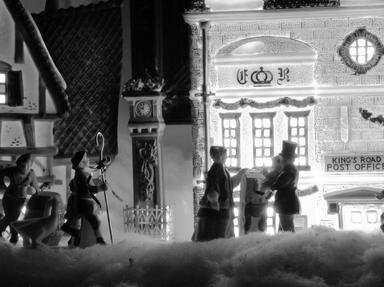
Dickens' Christmas Novellas Trivia Quiz
'A Christmas Carol' may be the most familiar of them, but it was only the first of five Christmas novellas from Charles Dickens. Match each character with the book in which they appear.
A matching quiz
by looney_tunes.
Estimated time: 3 mins.